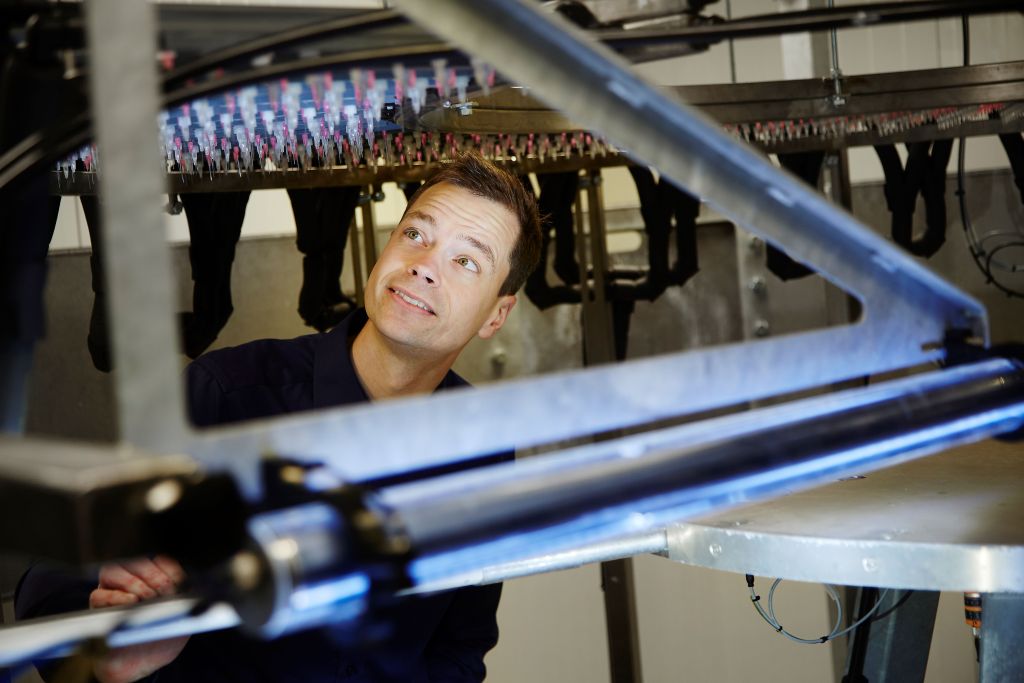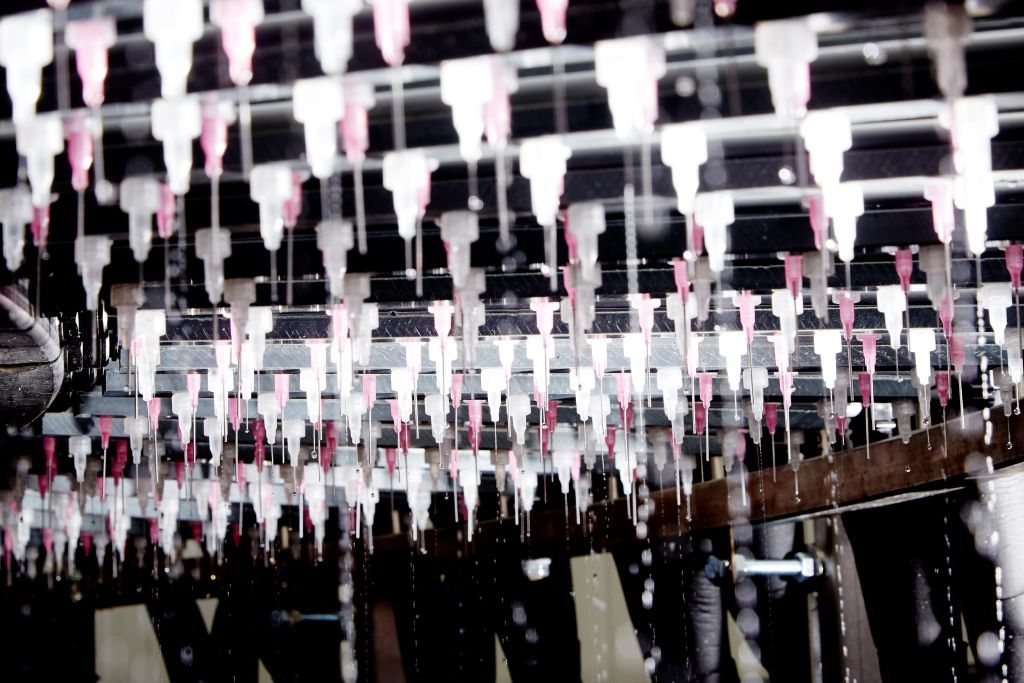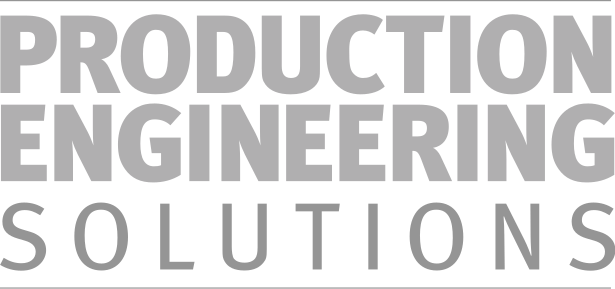At the leading edge of wing testing

In a Q&A session, R&D Test Systems’ project manager, Jesper Dal Hasager discusses the kinds of trends and demands associated with rain erosion testing of aircraft wing leading edges.
R&D Test Systems has recently been approved to participate in the ‘Ultra Performance Wing’ (UP Wing), led by Airbus with funding from the Clean Aviation programme under Horizon Europe.
The UP wing project is an important part of the ‘Ultra Efficient Short and Medium Range Aircraft’ pillar of Clean Aviation. Horizon Europe Clean Aviation is divided by the three pillars: ‘Disruptive H2 technologies’, ‘Hybrid-electric regional aircraft’ and ‘Ultra efficient short and medium range aircraft (ultra-efficient SMR)’. This ‘ultra-efficient SMR’ pillar aims to improve the energy efficiency of short-medium range (SMR) aircraft by 30% before 2035.
R&D Test Systems' contribution to the project is focused on rain erosion testing of the leading edge of the new type of wing. Rain erosion is a challenge in the aviation industry, and testing will aim to ensure that the new wing design will be more durable to withstand the impact of rain droplets at high speeds.

This extensive testing will be conducted on the in-house developed Rain Erosion Tester (RET), a state-of-the-art facility equipped with the latest technology and equipment to ensure accurate and reliable results. The project will be executed until 2025 and will consist of different test campaigns. By participating in the UP wing project, R&D Test Systems hopes to contribute with insightful knowledge and testing capacity and to gain more experience within the aerospace industry.
R&D Test Systems’ Aerospace Rain Erosion Tester helps improve the longevity of aircraft wings by testing erosion on the wings’ leading edges. It is based on a three-bladed helicopter principle with test specimens shaped like the leading edges of a standard aircraft wing. This test setup ensures conditions very similar to real-life harsh weather in an accelerated way.
Q) Please begin by briefly explaining how the rain erosion testing process works?
You always test three identical subjects at a time. They must weigh the same down to a few grams; otherwise, the tester can’t run. Then, you program the test sequence and determine how many hours to test, the amount of water temperature, etc. Along the way, the tester slows down at fixed intervals for the camera to take pictures of the test subjects. Once the test is complete, the operator looks through the images and assesses how advanced the erosion is and exactly what defects can be seen.
Q) What types of testing performance demands are placed on you by today’s customers?
The most important feature when testing rain erosion is repeatability. It is essential for the results that the tests are the same, so our customers can make tests where they know that the only variable is the product they are putting into the machine for testing. We can ensure this as the rain erosion tester has a proven level of repeatability and complies with SAE AMS-C-83231A Aerospace Material Specification for Coatings, Polyurethane, Rain Erosion Resistant for Exterior Aircraft and Missile Plastic Parts. To match the environment of an aircraft wing, we have turned up the test specimen tip speed from 173m/s, which is the top speed in the wind industry, to 224m/s.
Q) Where is the focus of your R&D efforts and what rain erosion testing-related developments will we be seeing in the future?
The RET that Technical University of Denmark (DTU) has purchased will be the most advanced on the market and will be able to emulate rain with three times the intensity because the rain field can be opened up to 1,800 needles instead of the standard 600 needles. In addition to increased rain density, DTU has also chosen to incorporate a heat pump to heat the ventilation air, which, in addition to drastically reducing energy consumption, also provides increased possibilities for controlling the temperature.
Specific to aerospace, we are in the process of updating our test specimen fixture to better match the test pieces that need to be tested. As it’s the very tip of the wing that is most affected by rain erosion, it makes sense to test a smaller specimen compared to the wind industry, where you need a larger piece of the leading edge tested. R&D Test Systems participates in the project REQUIM, which aims to optimise rain testing of wings and blades with artificial intelligence (AI).

Today, the wing damage is reviewed manually by looking at photos from the tests. However, the project REQUIM will look into using new AI technology to automate this process, which can save up to 20 hours of assessment work per tested specimen. Today, you can manually test for a type of damage in the upper layer. With AI, you can test for air bubbles, fissures and other damage in several layers.
R&D Test Systems is the so-called problem owner in the project, as the company develops and sells Rain Erosion Test machines. Our customers spend 20% of the test time on image processing in continuation of a test period, so it will be a great saving if we can automate the process.
Q) How much of a role can simulation and visualisation software play in the rain erosion testing arena?
We experience that it is very difficult to predict the wear and tear that happens on leading edges. So, the coating manufacturers and test centres need to test their products and solutions on our rain erosion tester to validate and prove their technology. Hence, we do not foresee that this will be replaced by digital testing in the near future.
Q) Do you find the aerospace industry as a whole, quite dynamic and quick to adopt new technologies as key to competitive edge?
As we have our roots in the wind turbine industry, we find that the aerospace industry is still a lot more bounded by traditions and ‘how you have always done things’. But we do see a transition towards more interest and acknowledgment of how new testing methods can contribute when developing new technologies and products.













